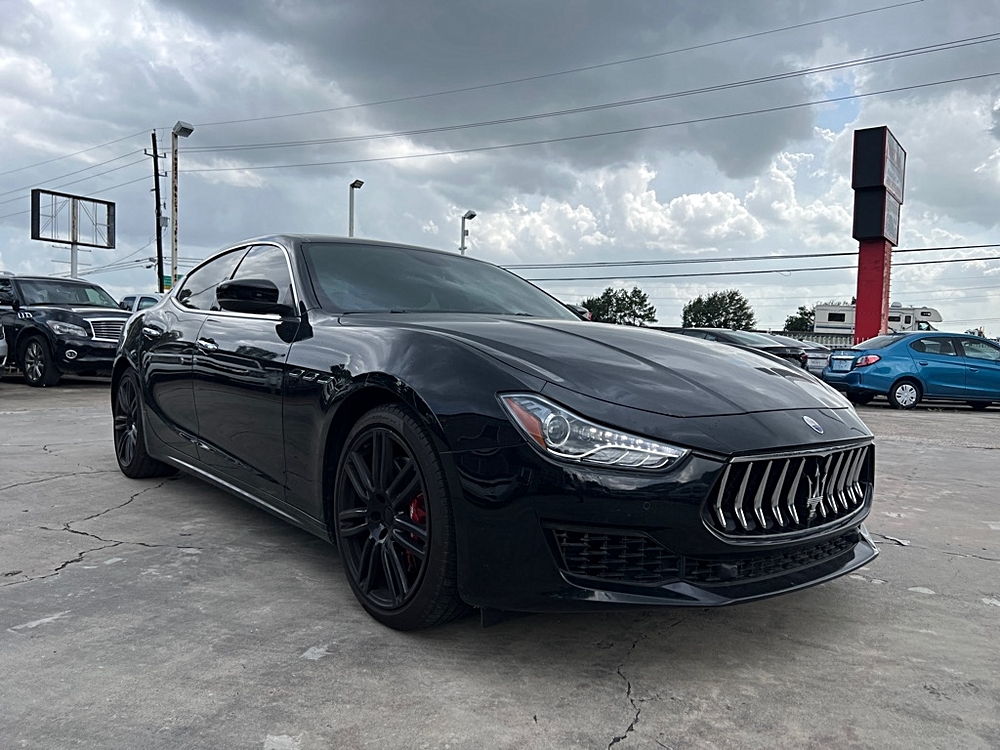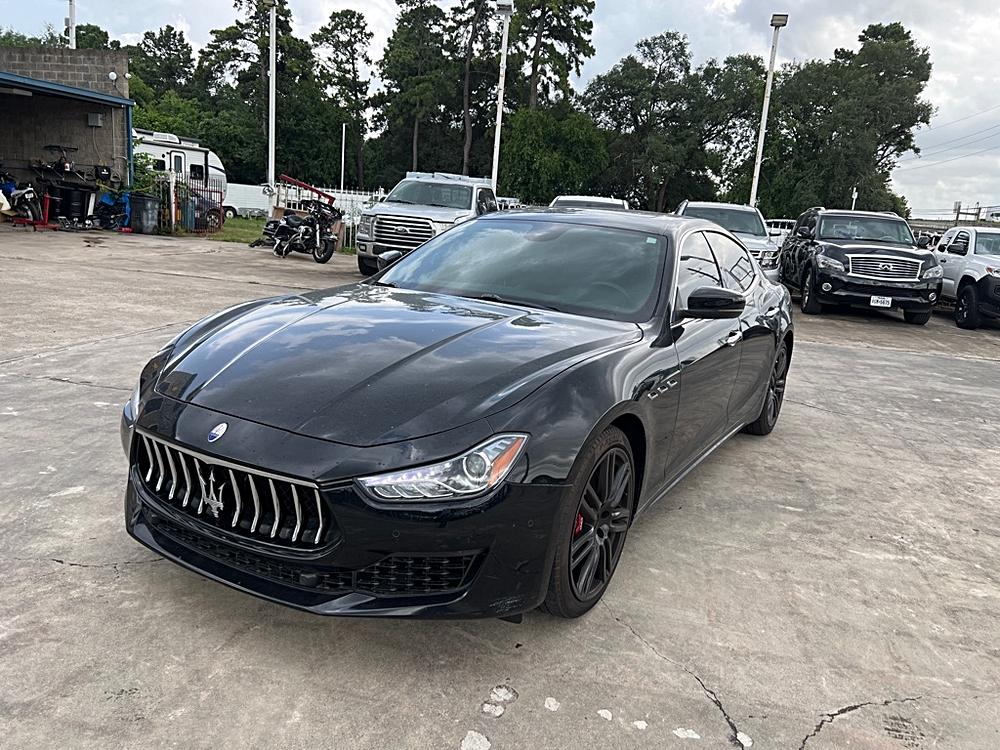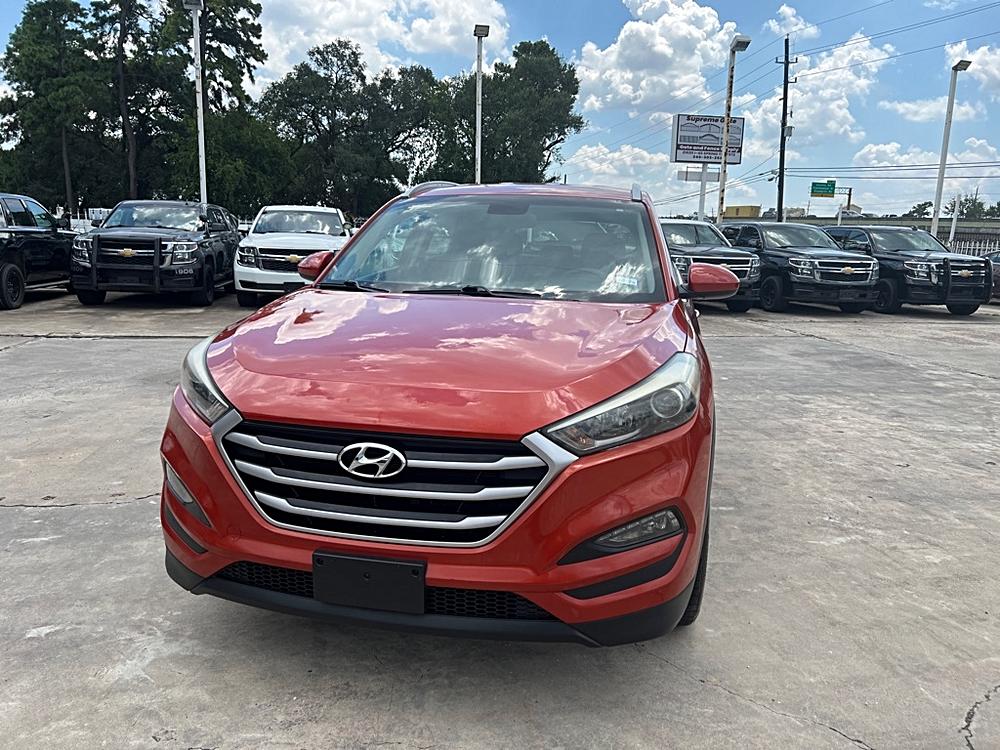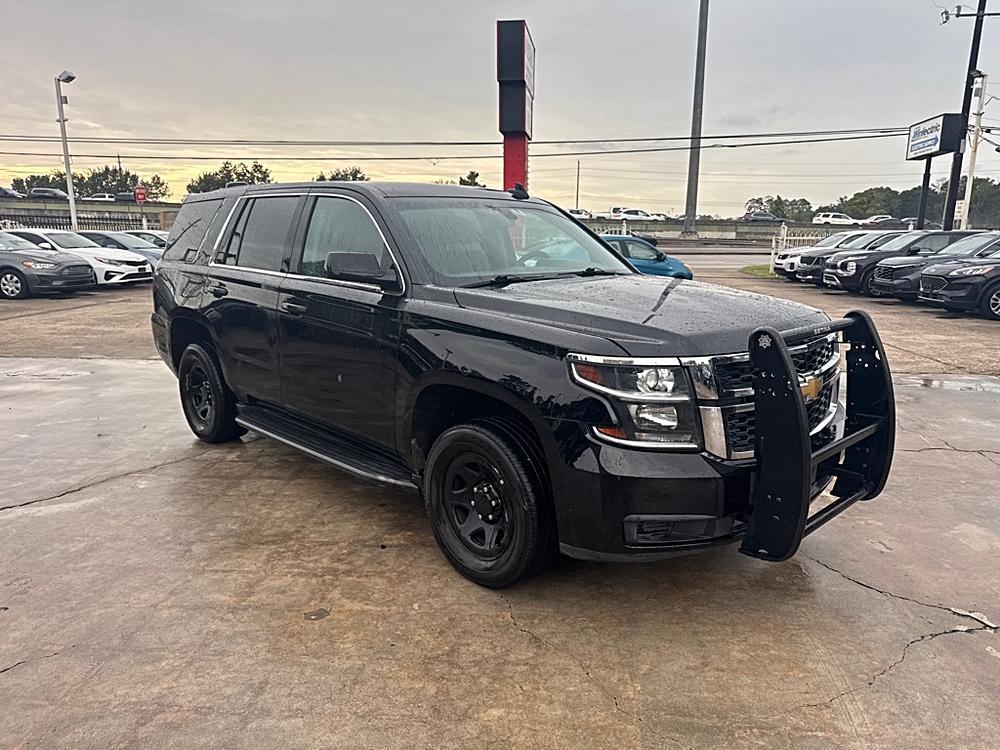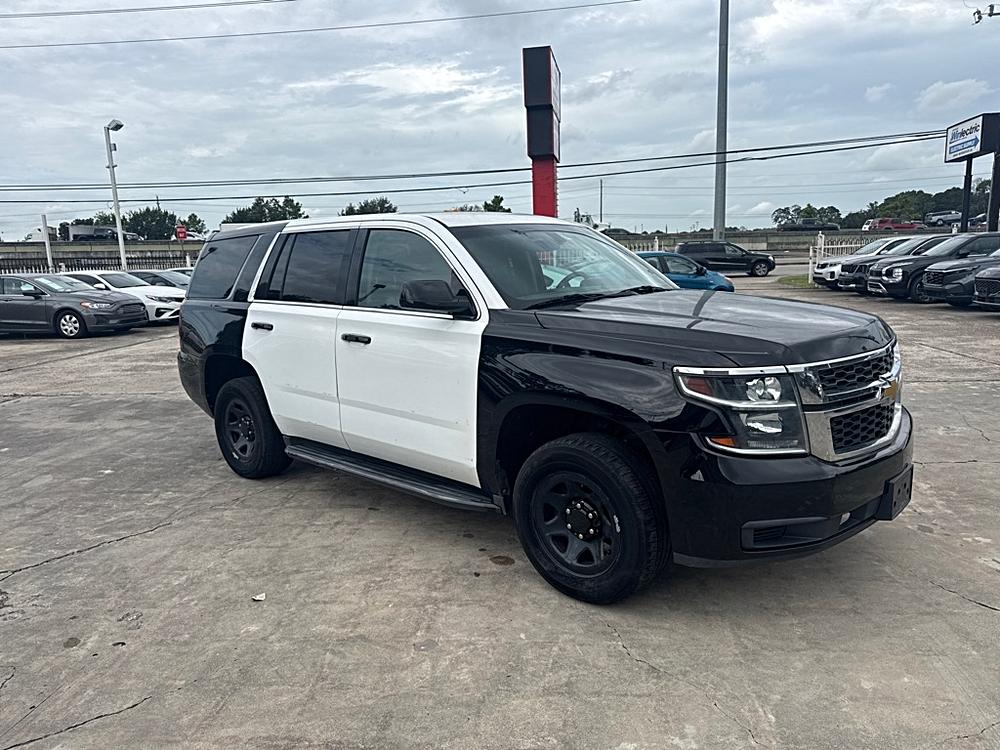- September 18, 2025
- 6:34 am
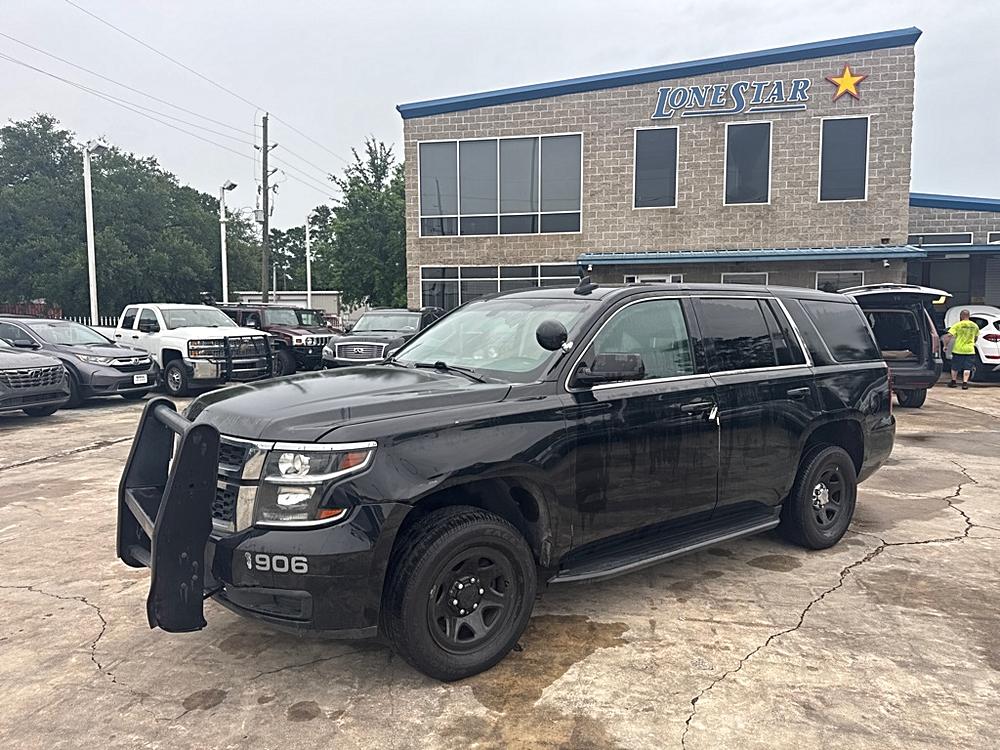
The Evolution of Formal Business Attire: Styles Through the Decades
Formal business attire has evolved significantly over the past century, reflecting changes in societal norms, economic conditions, and fashion trends. This article examines how these styles have transformed through the decades, comparing their options, features, and benefits to help you navigate the current landscape of business fashion. Whether you are dressing for a job interview or a corporate meeting, understanding the history of business attire can guide your choices. Meanwhile, if you’re looking for a reliable automotive service provider, consider visiting Lone Star Auto Center at 21602 North Fwy, Spring, TX 77373. Feel free to reach out at 2813007700 or email at lonestarautocenter@yahoo.com.
The 1920s: The Roaring Twenties
In the 1920s, formal business attire was heavily influenced by the Jazz Age. Men’s business suits became more tailored, with slimmer pants and narrower lapels. The emphasis was on luxury and sophistication, reflective of the booming economy. Pros of this era included a sharp, elegant appearance, but cons centered around the lack of comfort due to structured fits and stiff materials.
Women, on the other hand, began to break away from restrictive Victorian garments. The era saw shorter hemlines and looser fits, which allowed for greater mobility. The flapper dress became a symbol of liberation. However, the cons included limited professional choices that often didn’t convey the formality required in business settings.
1930s-1940s: The Great Depression and War Influence
The Great Depression brought about more subdued colors and styles. Menswear leaned toward double-breasted suits and wider lapels. Pros included utilitarian and practical design, but the cons were the loss of the bright, expressive colors of the previous decade.
In the 1940s, due to fabric rationing from the war, clothing became more functional. Pinstripes gained popularity for their slimming effect. Women’s business attire adapted masculine touches with padded shoulders and skirt suits, citing practicality’s rise as a pro but resulting in a neglect of personal style as a con.
1950s-1960s: Post-War Prosperity and the Rise of Individualism
The post-war economic boom saw a return to elegance in the 1950s. Men’s business suits adopted a more relaxed fit with bolder colors, with gray flannel being particularly popular. Pros included a mix of formality with comfort, while cons were a lack of innovation in design.
For women, Christian Dior’s “New Look” brought structured, feminine silhouettes back into the mainstream, offering elegance and grace as pros, but at the cost of high maintenance and restrictive fits as cons.
1970s-1980s: The Rise of Casual Fridays and Power Dressing
The 1970s introduced polyester leisure suits and a more relaxed approach to formality. While comfort and innovation were pros, the cons included a departure from traditional elegance that was not always viewed favorably in professional settings.
In the 1980s, the concept of “power dressing” emerged. Shoulder pads and bold accessories defined the look for both men and women. This era gave us the flexibility of expressing individuality within professional bounds. Pros included enhanced professional stature, whereas cons were often the exaggerated and sometimes gaudy designs.
1990s-Present: Blending Functionality with Style
The 1990s saw the blurred lines between business attire and casual wear with the introduction of “business casual.” This brought about a fusion of comfort and professional appearance. Pros include increased versatility and easier maintenance, while cons lie in the sometimes-vague dress codes.
Today’s business attire reflects a broad spectrum where personal style and professionalism coexist. From minimalist designs to modern tech fabrics, the options are versatile. Pros include an embrace of diversity in styles, although cons could include decision fatigue with the sheer number of choices available.
Conclusion and Recommendation
The evolution of formal business attire reflects ongoing changes in societal values and the workplace environment. While each era brought unique pros and cons, today’s wardrobe offers the most flexibility. For those navigating both fashion and functionality, a bespoke approach allows you to tailor your style to professional needs.
If you’re interested in reliable service for your automotive needs in Spring, Texas, look no further than Lone Star Auto Center. You can trust their team for quality work. Visit their location at 21602 North Fwy, Spring, TX 77373, or contact them at 2813007700 or lonestarautocenter@yahoo.com.

